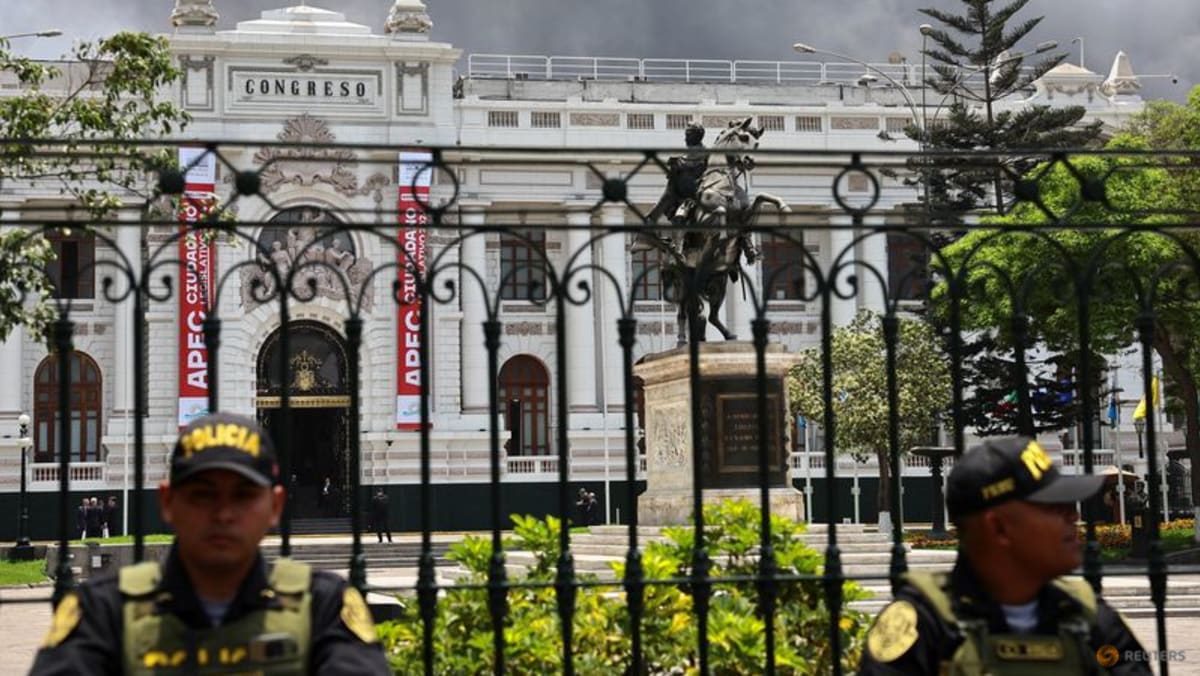Commentary: Why China’s real estate crisis should make the global travel industry nervous

As of April, Chinese tourism to Japan was down some 85 per cent since 2019, even though overall visits to Japan had rebounded to 70 per cent of pre-pandemic levels. Chinese tourism to popular European destinations such as France, Switzerland, Greece and Spain has also fallen sharply.
All in all, China’s outbound travel spending is forecast to be down nearly 70 per cent this year from its pre-pandemic peak.
To be fair, tourism within China is bouncing back – to a degree – as frugal travellers increasingly opt to vacation closer to home. The China Tourism Academy predicts that domestic tourism will hit 90 per cent of pre-pandemic levels in 2023. But that alone won’t offset the impact of lower consumer confidence. Part of the reason is that the amount of money travellers are willing to spend is down.
And faced with demand challenges as well as the effects of COVID-19 and geopolitical strife, Chinese travel agencies have been shuttering en masse in recent years. From January to April 2022, about 8,500 tourism agents and firms declared bankruptcy. Even assuming some reopen, that churn and disruption bode ill for the sector.
Global tourism has faced a challenging few years, with the pandemic and increased fuel costs putting off would-be travellers. With Chinese consumers feeling down in the dumps over the economy and opting for modest vacations, a recovery will be that much harder.
Zhiyong Yang is Professor of Marketing at Miami University. This commentary first appeared on The Conversation.
Source: CNA















